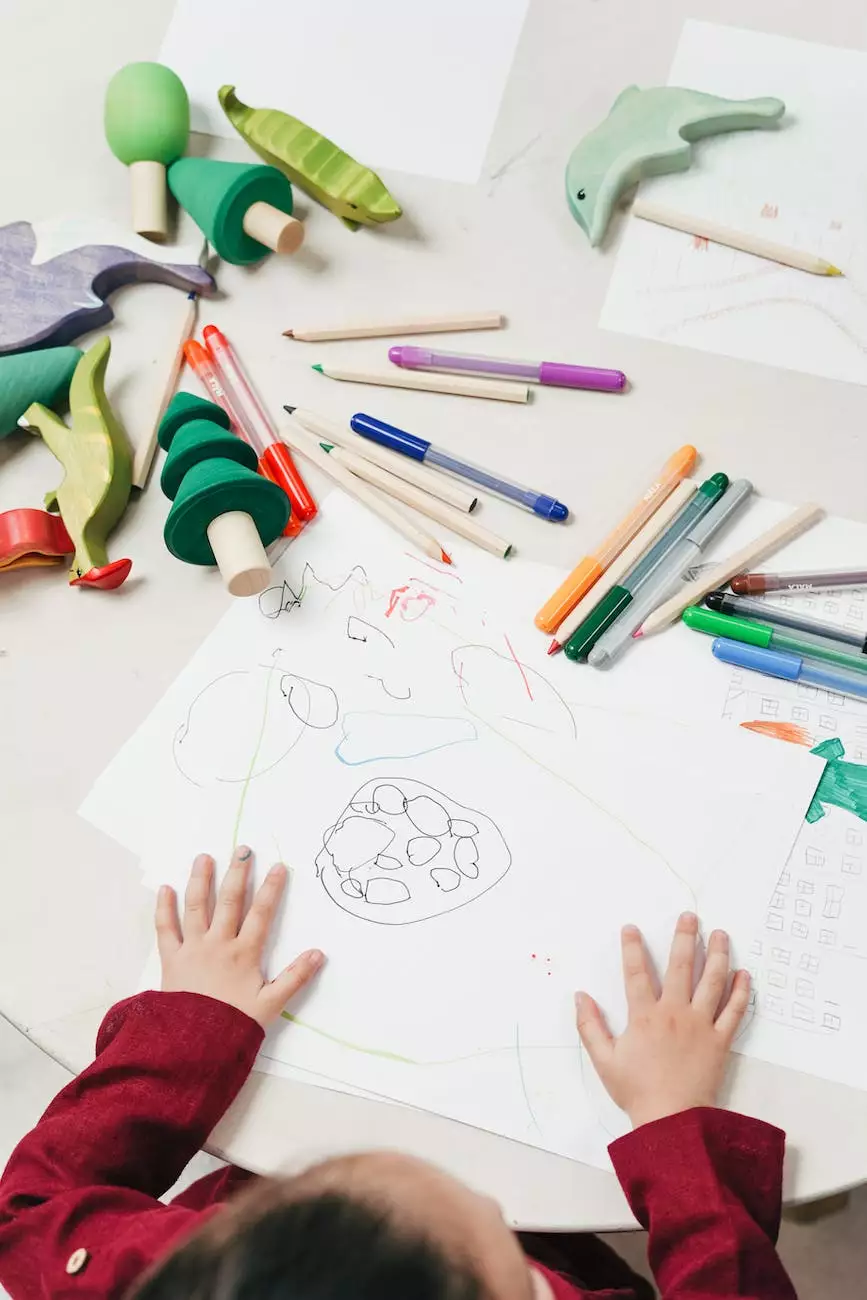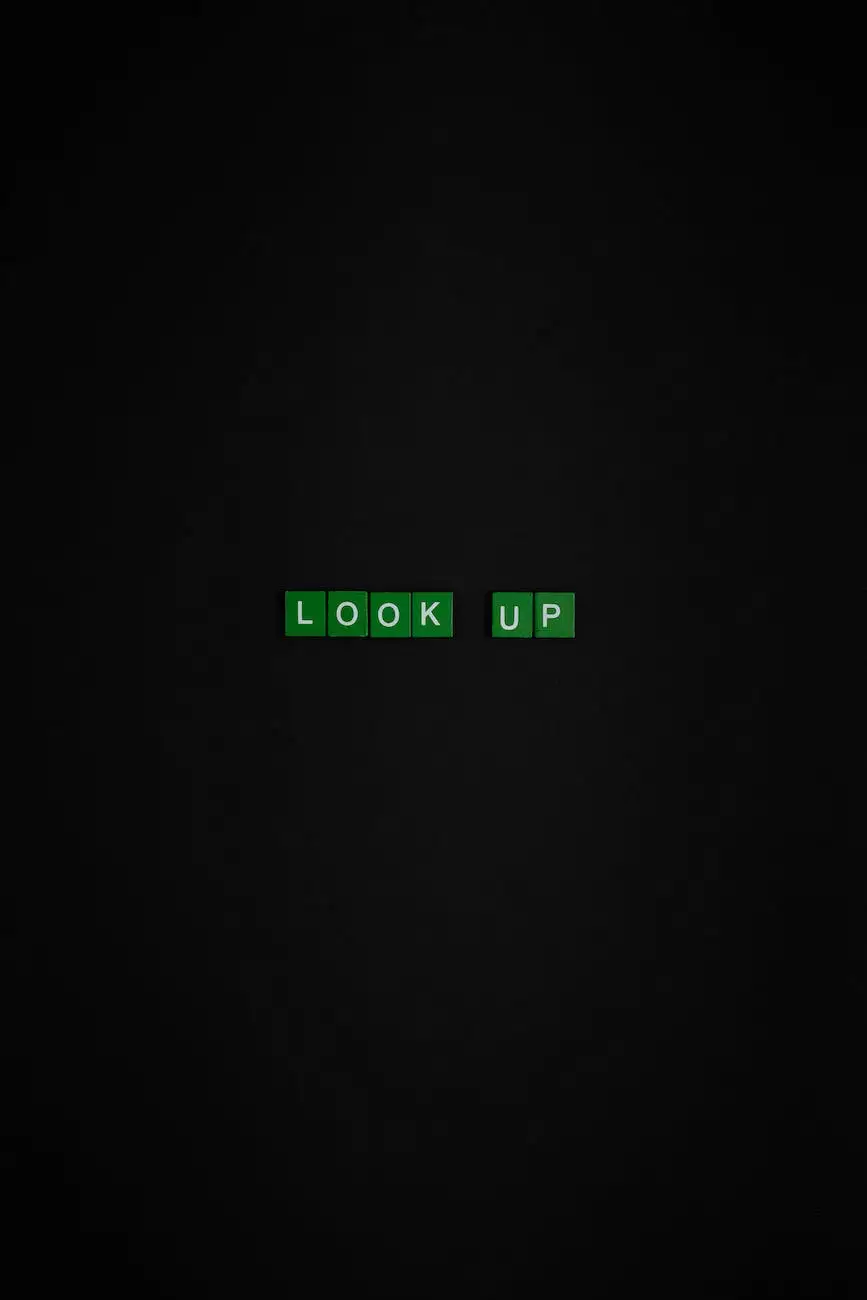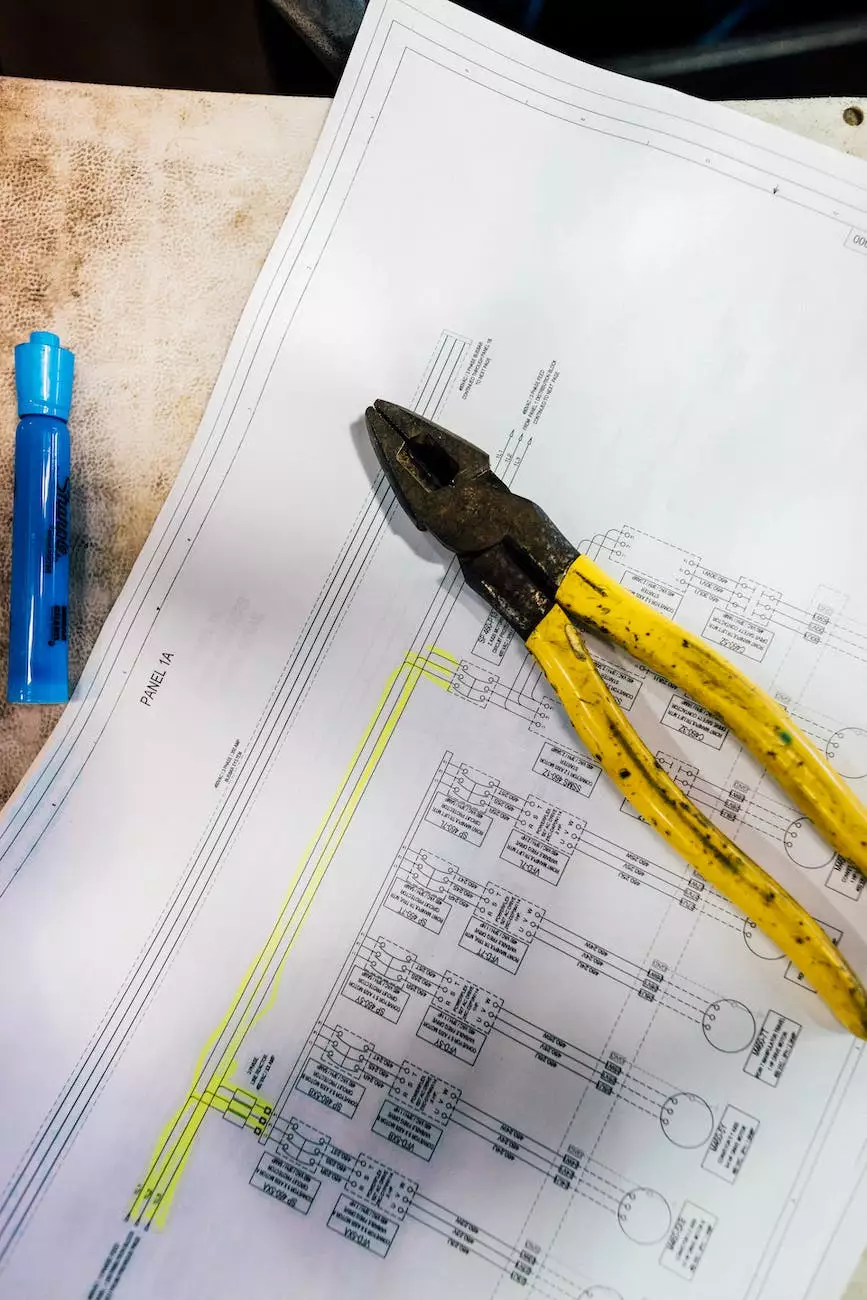Your First Weldment Drawing — Six Pointers to Get You Started
Weld Fixture Design
Introduction
Welcome to RPM Design and Prototype, where we specialize in providing expert advice and guidance in various technical fields. In this article, we will delve into the world of weldment drawings and provide you with six essential pointers to help you excel in this exciting field. Whether you're a beginner looking to learn the basics or an experienced professional seeking to refine your skills, our comprehensive guide will steer you in the right direction.
Understanding Weldment Drawings
Weldment drawings are a crucial aspect of the engineering and manufacturing processes. They provide detailed instructions on how to create and assemble weldments, which are structures made of metal parts joined together by welding. These drawings act as a blueprint for fabricating complex structures by specifying dimensions, tolerances, welding symbols, and other essential details.
Pointer 1: Familiarize Yourself with Welding Symbols
To create accurate weldment drawings, it is vital to understand and interpret welding symbols. These symbols, as per the American Welding Society (AWS), indicate the specific types of welds to be performed, their dimensions, positions, and other crucial information. Becoming proficient in interpreting welding symbols will enable you to communicate effectively with manufacturers and ensure your designs are executed correctly.
Pointer 2: Master Dimensioning and Tolerancing
Precise measurement and dimensioning are essential components of any weldment drawing. A comprehensive understanding of dimensioning and tolerancing practices will allow you to specify the required dimensions, details, and tolerances accurately. Be sure to familiarize yourself with the relevant industry standards for dimensioning and how to apply them effectively in your drawings.
Pointer 3: Collaborate with Manufacturers
Collaboration with manufacturers is key to the success of any weldment project. Engaging in open communication and working closely with the fabrication team will ensure that your design intent is maintained throughout the manufacturing process. Proactively seek feedback from experts in the field to optimize the manufacturing feasibility and welding efficiency of your weldment drawings.
Pointer 4: Embrace Computer-Aided Design (CAD) Software
Harnessing the power of Computer-Aided Design (CAD) software can greatly enhance your ability to create accurate and professional weldment drawings. CAD software provides a range of powerful tools and features that streamline the drawing creation process, facilitate 3D visualization, and enable automated dimensioning. Invest time in learning popular CAD software programs and leverage their capabilities to elevate your drawing skills.
Pointer 5: Conduct Thorough Quality Checks
Quality checks play a crucial role in ensuring the integrity and accuracy of your weldment drawings. Before finalizing and releasing your drawings for fabrication, perform thorough reviews to identify and rectify potential errors or omissions. Pay close attention to welding symbol accuracy, dimensioning consistency, and adherence to industry standards. A meticulous approach to quality checking will yield exceptional results.
Pointer 6: Stay Updated with Industry Trends
The field of weldment drawings is continuously evolving, with new techniques, materials, and standards emerging regularly. Stay proactive in your professional development by keeping abreast of the latest industry trends, attending relevant training programs, and engaging with industry forums and communities. By staying updated, you can adapt to the evolving demands of the industry and produce drawings that are at the forefront of innovation.
Conclusion
Congratulations on taking the first step towards acquiring the skills needed to create exceptional weldment drawings. RPM Design and Prototype hopes that the six pointers provided in this guide will serve as a valuable resource on your journey. Remember, mastering weldment drawing requires practice, dedication, and a commitment to continuous learning. Embrace the process, hone your skills, and unlock unlimited possibilities in the world of weldment design and fabrication.




